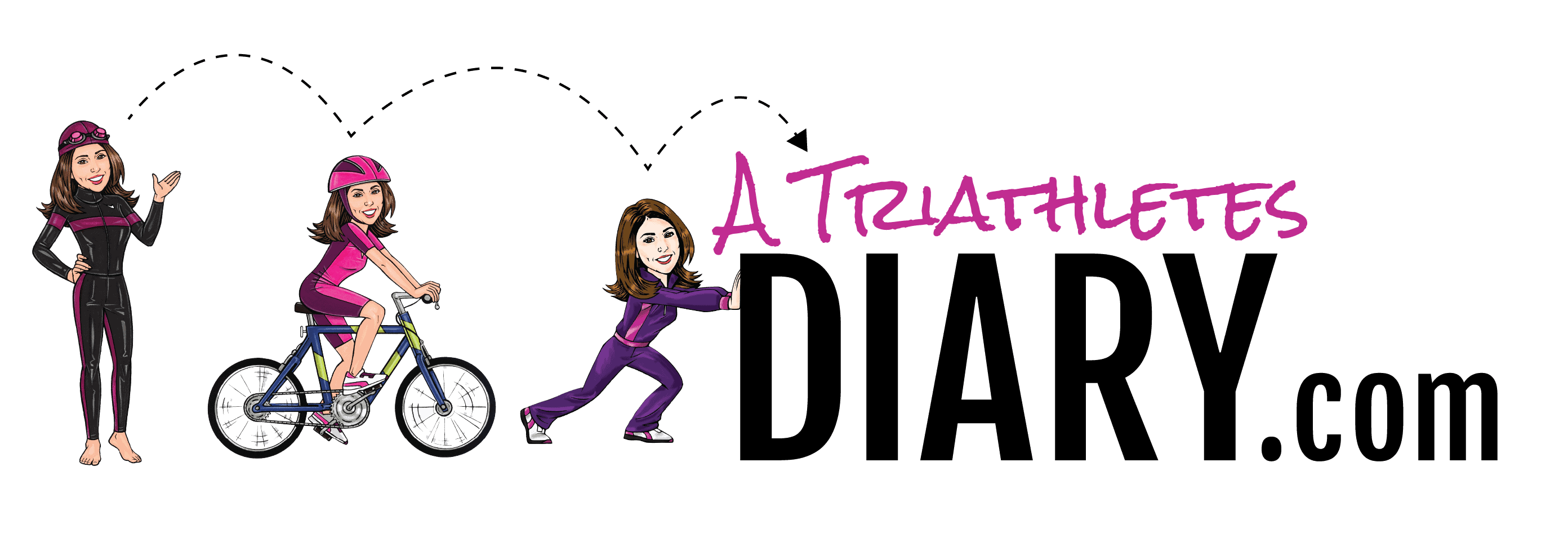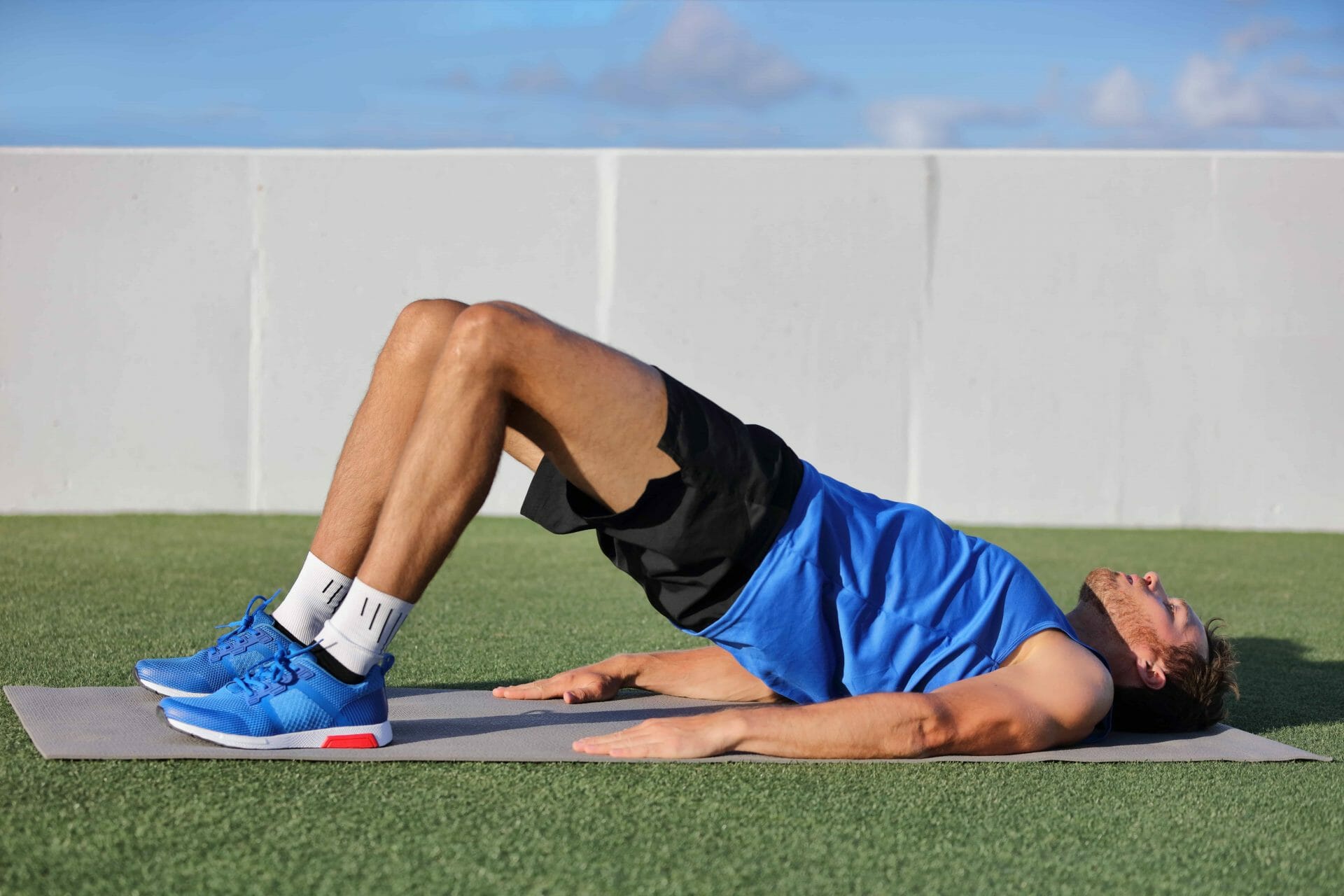When it comes to swimming, cycling, and running, your glutes are one of your body’s most powerful muscle groups. They are crucial in generating strength, stability, and movement efficiency. However, if your glutes are not fully activated during these activities, you could be leaving valuable performance gains on the table and putting yourself at risk of injury.
In this enlightening interview, Dr. Marc from True Sport Care in Nesconset, NY, shares his expert tips to help you unlock the full potential of your glutes. An injury prevention and recovery leader, Dr. Marc has helped countless athletes strengthen their glutes and overcome common muscle imbalances. Keep reading to discover why glute activation is critical and how you can improve your technique.
Why Is Glute Activation Important?
Your glutes are the largest muscles in your body, comprising three main parts: the gluteus maximus, gluteus medius, and gluteus minimus. They provide power for explosive movements, stabilize your hips, and support proper alignment. If your glutes are inactive or underutilized, other muscles, like your hamstrings or lower back, are forced to compensate, leading to fatigue, inefficient motion, and injury.
Benefits of Glute Activation:
- Enhanced power and speed across all endurance sports
- Improved efficiency during swimming, cycling, and running
- Reduced risk of common injuries like IT band syndrome, lower back pain, and knee issues
- Better posture and core stability
Common Signs of Weak or Under-Activated Glutes
Not sure if your glutes are firing correctly? Here are a few common signs that your glute muscles may need some extra attention:
- Tightness in your lower back or hamstrings during exercise
- Difficulty maintaining proper posture while running or cycling
- A “dead leg” feeling, where your movements feel sluggish or inefficient
- Overreliance on quadriceps for power
Dr. Marc stresses that even seasoned athletes can experience glute underactivation. Even small inefficiencies can add up over time without proper activation, impacting your performance.
How to Activate Your Glutes for Swimming
Glute activation is critical when swimming, especially for stroke techniques that require strong hip movement, like freestyle and backstroke. Many swimmers unintentionally rely too heavily on their lower back or legs, leaving their glutes underused.
Tips for Glute Activation in Swimming:
-
Engage Your Core and Hips
Focus on maintaining a strong core and driving your kick from your hips rather than your knees. This helps your glutes take the lead in propulsion and reduces strain on your lower back. -
Practice Hip Extension Drills
Try incorporating dryland exercises such as glute bridges and reverse leg lifts. These movements train your glutes to fire properly before you take them to the water. -
Be Mindful of Your Kick
A well-executed flutter kick is driven by the glutes, not the knees. Pay attention to how your lower body feels in the water and make adjustments to ensure your hips are engaged.
Glute Activation Tips for Cyclists
Cyclists often focus on their quads for power, but the glutes are equally important for efficient pedaling and avoiding fatigue. Proper glute activation can improve your cycling posture and help you maintain speed over long distances.
How Cyclists Can Activate Their Glutes:
-
Adjust Your Saddle Position
Ensure your saddle is at the correct height and angle. A poorly adjusted bike can limit your hip extension, preventing your glutes from fully activating. -
Focus on Full Pedal Strokes
When pedaling, think about pushing down and pulling up evenly through each revolution. This activates the glutes and ensures a balanced power transfer while cycling. -
Warm Up with Glute-Specific Exercises
Before hopping on your bike, activate your glutes with exercises like donkey kicks or resistance band lateral walks.
How to Activate Your Glutes While Running
Running requires significant gluteal engagement for propulsion and stabilization. Weak or inactive glutes can lead to overworked calves and hamstrings, causing slower times and increased injury risk.
Glute Activation for Runners:
-
Check Your Running Form
Focus on keeping your torso tall, your pelvis neutral, and your strides powerful. Poor posture can decrease glute engagement and shift the workload to other muscles. -
Do Dynamic Warm-Ups
Incorporate movements such as walking lunges, high knees, and butt kicks into your warm-up routine. These dynamic exercises target the glutes and prepare them for action. -
Include Hill Workouts
Running uphill naturally encourages glute activation. Even adding a few minutes of hill repeats to your overall workout can make a big difference over time.
Dr. Marc’s Expert Advice for Injury Prevention
Dr. Marc is a game changer when it comes to injury prevention and recovery. With years of hands-on experience, he specializes in addressing muscle dysfunctions, identifying imbalances, and re-training muscles for optimal performance.
One of Dr. Marc’s key recommendations is to make glute activation exercises a regular part of every athlete’s routine. By incorporating these drills consistently, you’ll strengthen your muscles, improve movement patterns, and safeguard yourself against common overuse injuries.
Exercises Recommended by Dr. Marc:
- Glute Bridges
Lie on your back with your feet flat on the ground and your knees bent. Lift your hips up, squeezing your glutes at the top, and slowly lower back down. - Clamshells with Resistance Bands
Lie on your side with your legs bent and loop a resistance band around your thighs. Open and close your knees, focusing on engaging the side glutes. - Single-Leg Deadlifts
Stand on one leg and hinge forward, keeping your back straight. Engage your glutes as you return to standing.
Watch the Interview with Dr. Marc
Want more expert tips on how to activate your glutes effectively? Don’t miss this insightful interview with Dr. Marc of True Sport Care in Nesconset, NY. Discover the secrets to unlocking your glutes’ full potential and learn how to incorporate activation exercises into your routine to enhance performance and reduce injuries.
Click here to watch the full interview and take your training to the next level!

